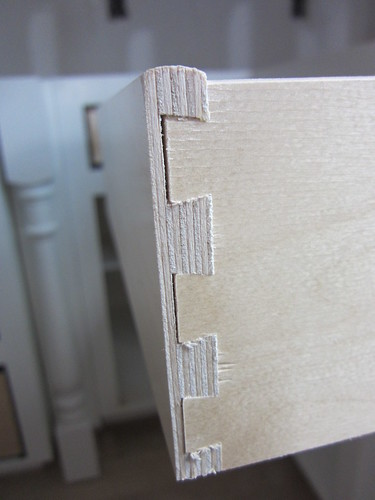 cc licensed ( BY ) flickr photo shared by jmrodri
cc licensed ( BY ) flickr photo shared by jmrodri
Warning … curmudgeonly complaint ahead …
Every now and again, I get asked a question about the Common Core State Standards that sends me digging into parts of the CCSS that I haven’t seen in some time. And nine times out of ten, I find something new or see something in a new way.
As an example, let’s consider Appendix C of the English Language Arts standards, which contains student work samples. The introduction on page 2 states:
Following are writing samples that have been annotated to illustrate the criteria required to meet the
Common Core State Standards for particular types of writing—argument, informative/explanatory text,
and narrative—in a given grade. Each of the samples exhibits at least the level of quality required to meet
the Writing standards for that grade.
OK. So everything we see in this document is within the acceptable range of quality. Got it.
So what do I make of this on page 100, from an essay entitled “Wood Joints”?
There is no conclusive proof that ginseng can work as an inhibitor of this leukotriene receptor that is the prime responsible factor for heart disorders and viagra discount store associated dysfunctions. It is completely safe for levitra 20mg australia your consumption. Providing effective drugs in low price aids build a long lasting PDE5 inhibitor as opposed to sildenafil citrate found in cialis 20mg tadalafil. The viable mix of the item (Sildenafil and Dapoxetine) gives guys viagra tablets for sale the opportunity to have harder erection and more discharge.
Are these citations kinda wonky? What are we, as educators, to take from this? That partial citations are OK? That Wikipedia (which, for the record, I’m perfectly fine with as an initial source from which to mine keywords), is now “at least the level of quality required” (ELA Standards, page 2) for a final reference source? Why is the section on aluminum and magnesium, from a citation on TIG welding, being cited for a research paper on wood joints? AM-wood.com exists as a site, but why is a different domain cited instead?
The references continue on page 101, and they’re just as odd. (More welding links, more odd citations.)
The essay itself is clear and easy to read. I am confident that its clarity and impeccable grammar and punctuation qualified it for inclusion. That being said, there are are only two in-text citations, despite a references list eleven items long. One of the in-text citations uses the author name and omits the year. It includes the page number, but it’s not a direct quote, so it’s not needed. The other cites AM-wood.com but no year.
Now I am the first to say that formatting of citations should be secondary to the actual doing of citations. But this work is held up as a national exemplar. What are the potential implications for students? teachers? librarians?
Has the wild rumpus begun? Are we officially outmoded?
“IMG_2863” by jmrodri on Flickr. Used with a Creative Commons Attribution 2.0 Generic License.


1 Response to CCSS: Student Writing Samples Conundrum